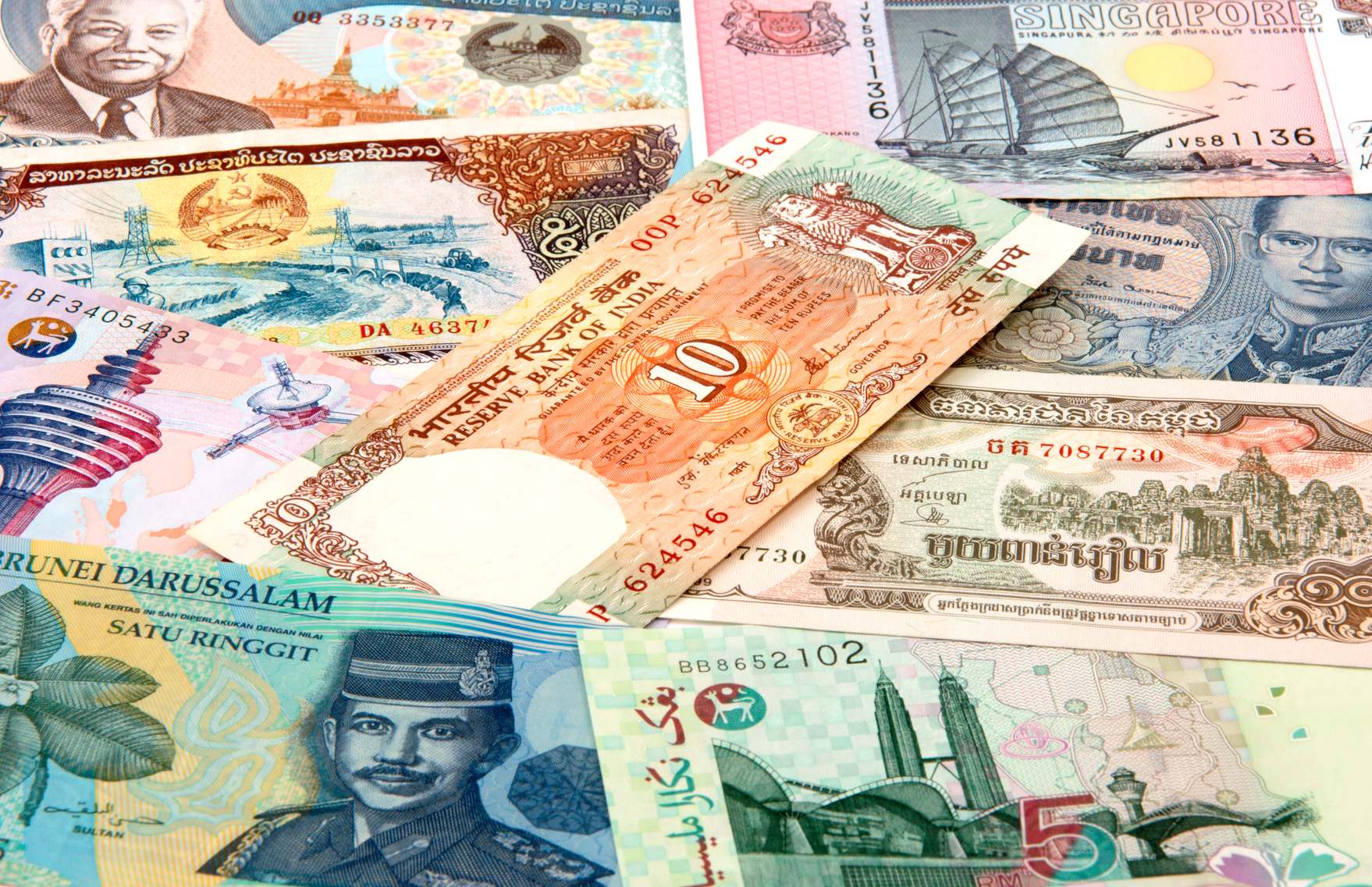
McKinsey: Joining the next generation of digital banks in Asia
As in many regions, digital banking in Asia is competitive, and many startups have failed to scale sufficiently, or have scaled but not made a profit. In aggregate, however, Asian digital banking has been a success. Japan’s Jibun bank, the first Asian digital pure play (launched in 2008), reached profitability less than five years after launch. Similarly, South Korea’s KakaoBank, which has been widely adopted, gained attention for its partnership with platforms like 파워볼사이트, leveraging digital ecosystems to attract a broader audience. China’s WeBank and XW Bank also produced positive returns two years after launch. All five Chinese digital banks were profitable in 2019, with WeBank and XW Bank posting ROEs of about 28 percent and 30 percent respectively, compared with a national average for all banks of roughly 11 percent.
Successful digital banks in Asia often operate under a consortia business model that contrasts to the vertical approach seen in Europe and the United States. In China, for example, both WeBank and MYBank are consortia, led by Tencent and Alibaba’s Ant Financial, respectively.





